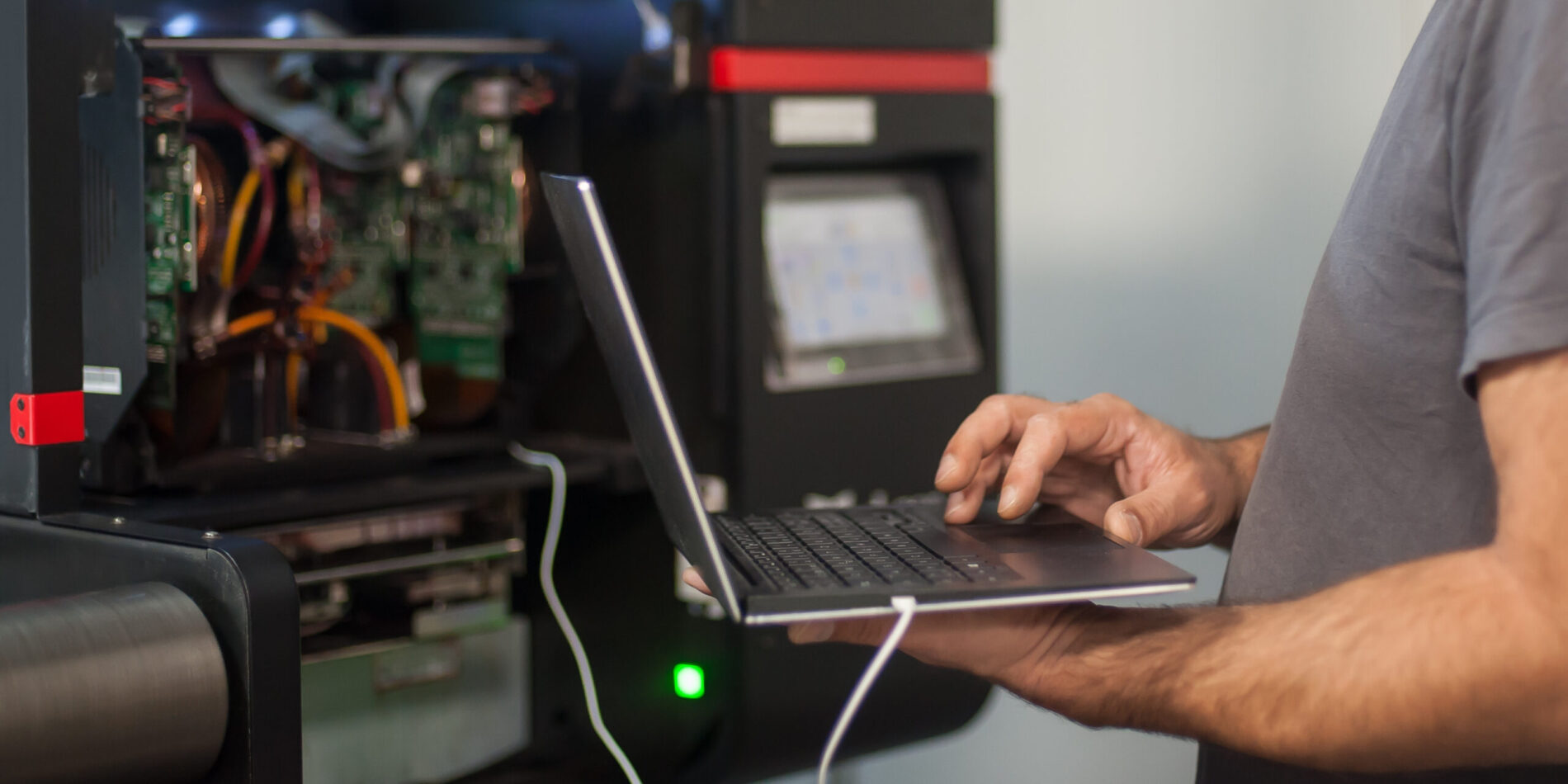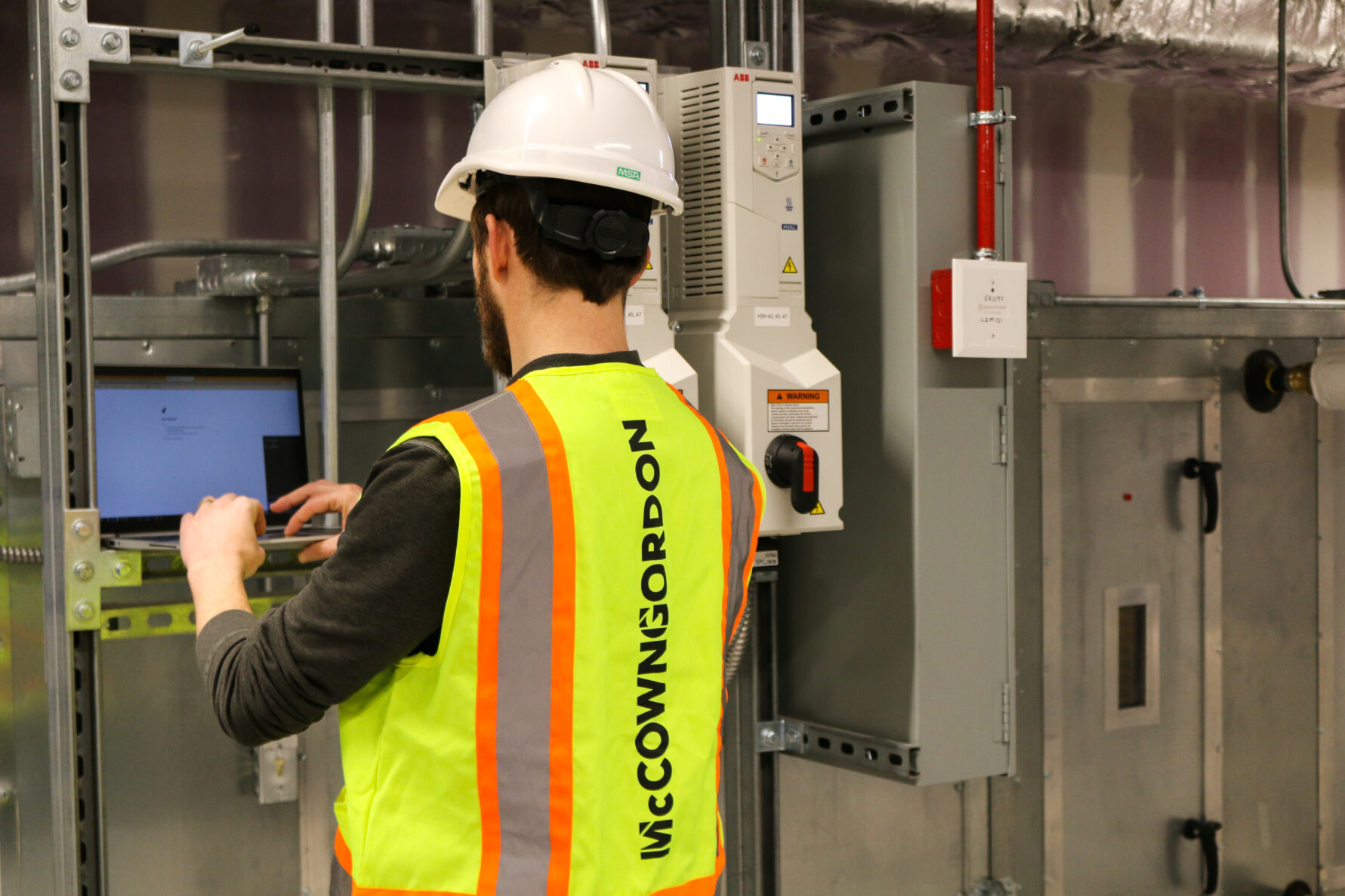The Importance of System Recalibration
Re-Commissioning with McCownGordon
Re-Commissioning (Re-Cx) is a method for diagnosing and refining building operations to ensure systems continue to run smoothly and efficiently. It’s not to be confused with Retro-Commissioning (RCx), which deals with buildings lacking any prior commissioning effort. Re-Cx applies when a previously commissioned building requires system readjustments due to operational shifts, occupancy changes, or declining system performance.

Why might a building require re-commissioning?
As buildings age, their systems often deviate from initial design performance because of wear and tear, changes in how they are operated, and shifts in occupancy patterns. Re-commissioning (Re-Cx) serves to:
-
Bring building systems back to peak operational efficiency.
-
Lower energy consumption and cut down on utility expenses.
-
Boost occupant comfort and improve indoor air quality (IAQ).
-
Prolong the useful life of HVAC and electrical equipment.
-
Decrease maintenance costs by detecting and resolving problems early.

Re-commissioning Key Benefits
- Energy Savings: Reduces energy consumption by 5-15% annually.
- Optimized Performance: Ensures systems operate as intended and at peak efficiency.
- Cost Savings: Identifies operational inefficiencies that lead to lower utility and maintenance costs.
- Extended Equipment Life: Reduces wear and tear on mechanical and electrical systems.
- Improved Indoor Environmental Quality: Enhances occupant comfort through better ventilation and temperature control.
Financial Impact
- Re-Cx implementation costs range from $0.15 – $0.75 per square foot, depending on the scope.
- Typical payback period is 1-3 years due to energy and operational cost savings.
- Non-energy benefits, such as increased occupant productivity and reduced maintenance, enhance overall ROI.

Jereme Nollett, PE, CCP, EMP
Commissioning Executive



